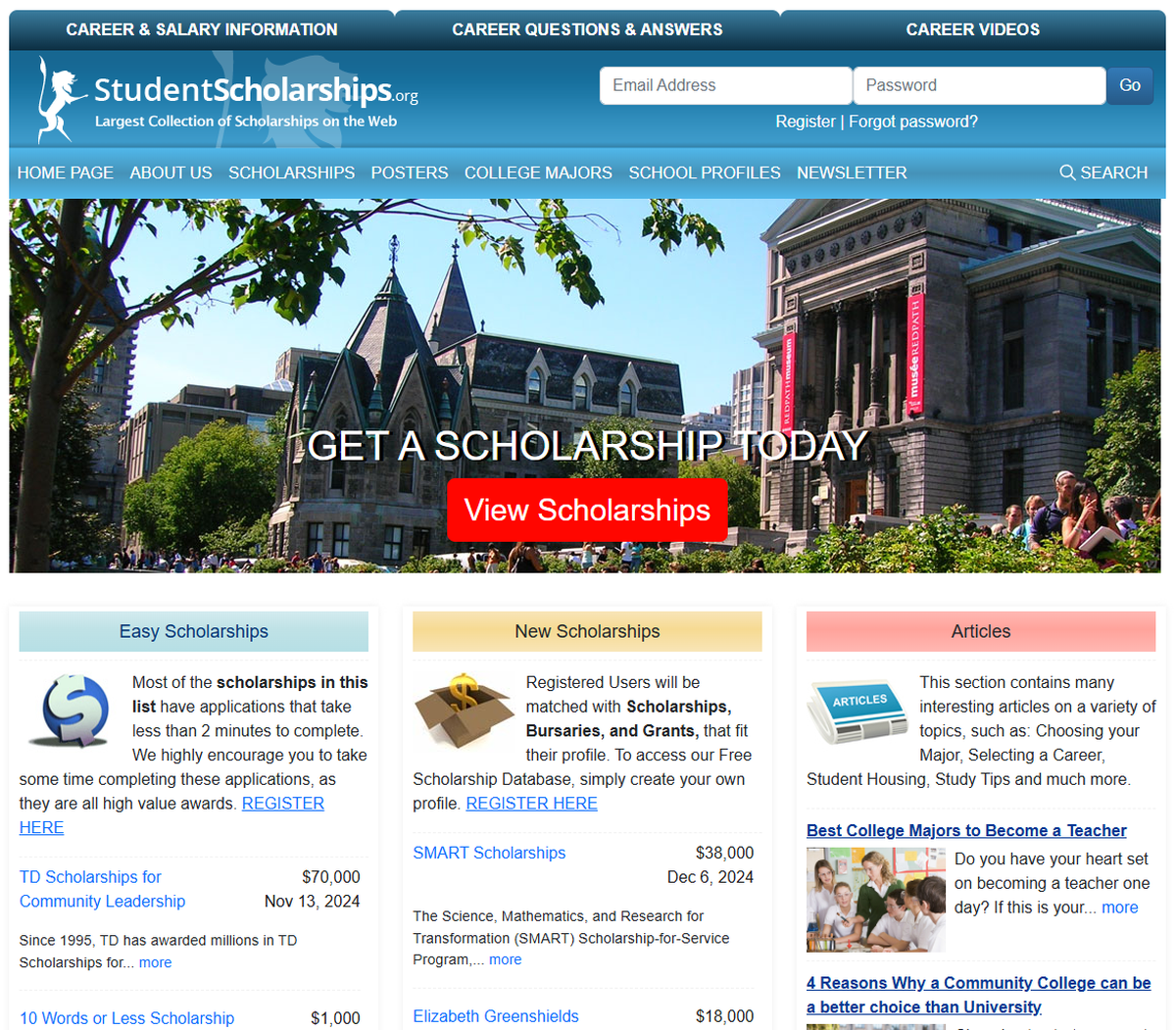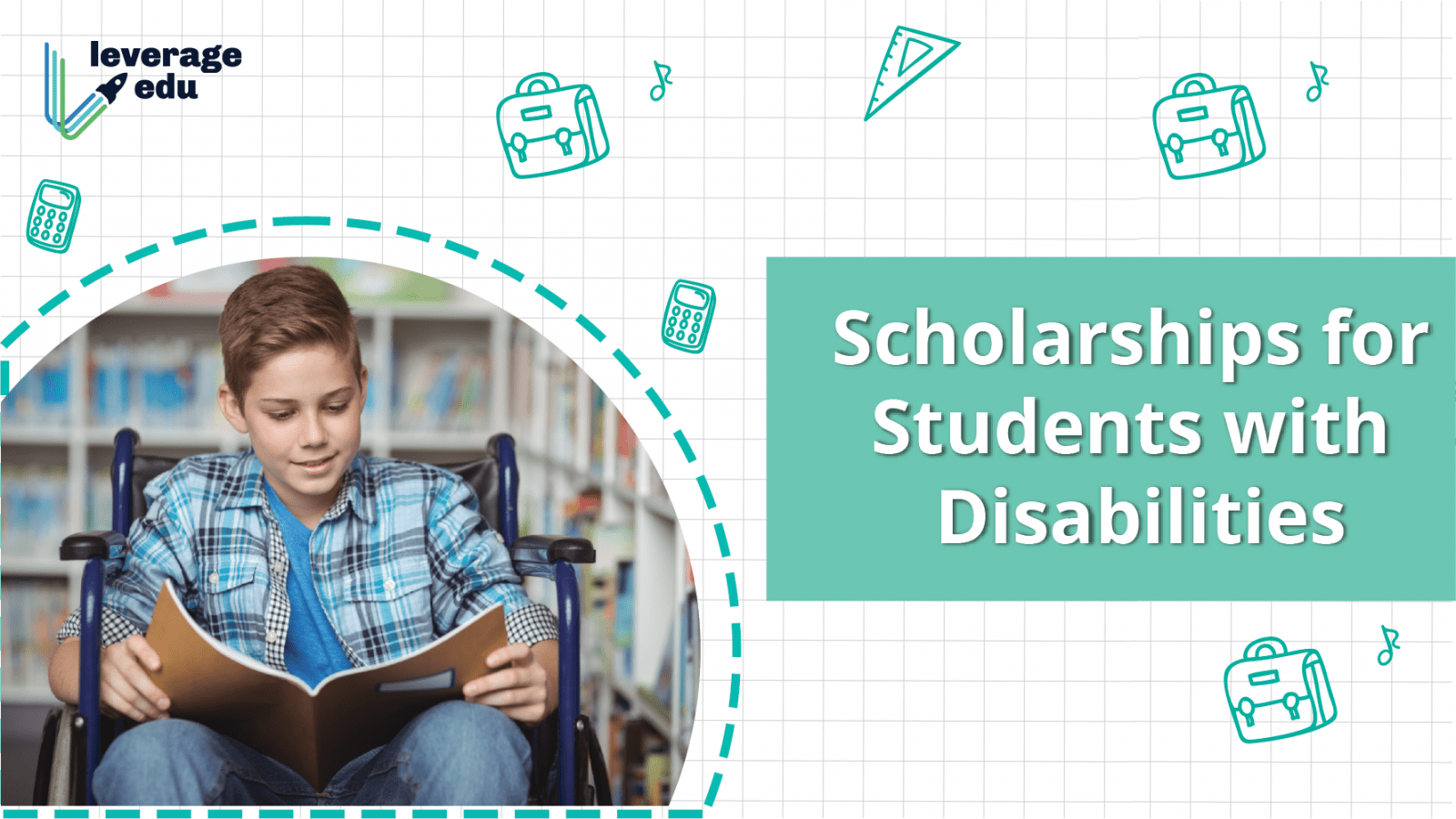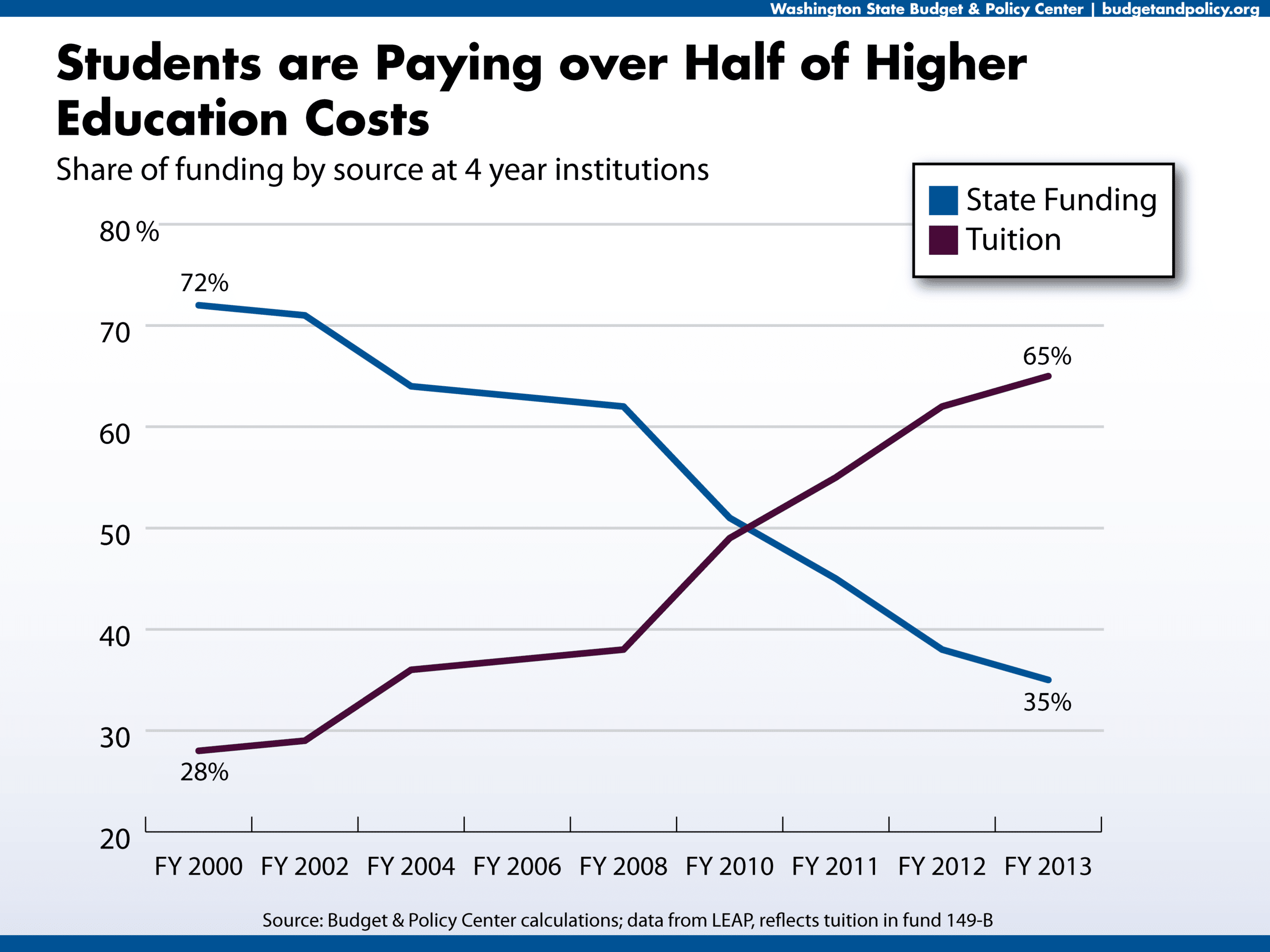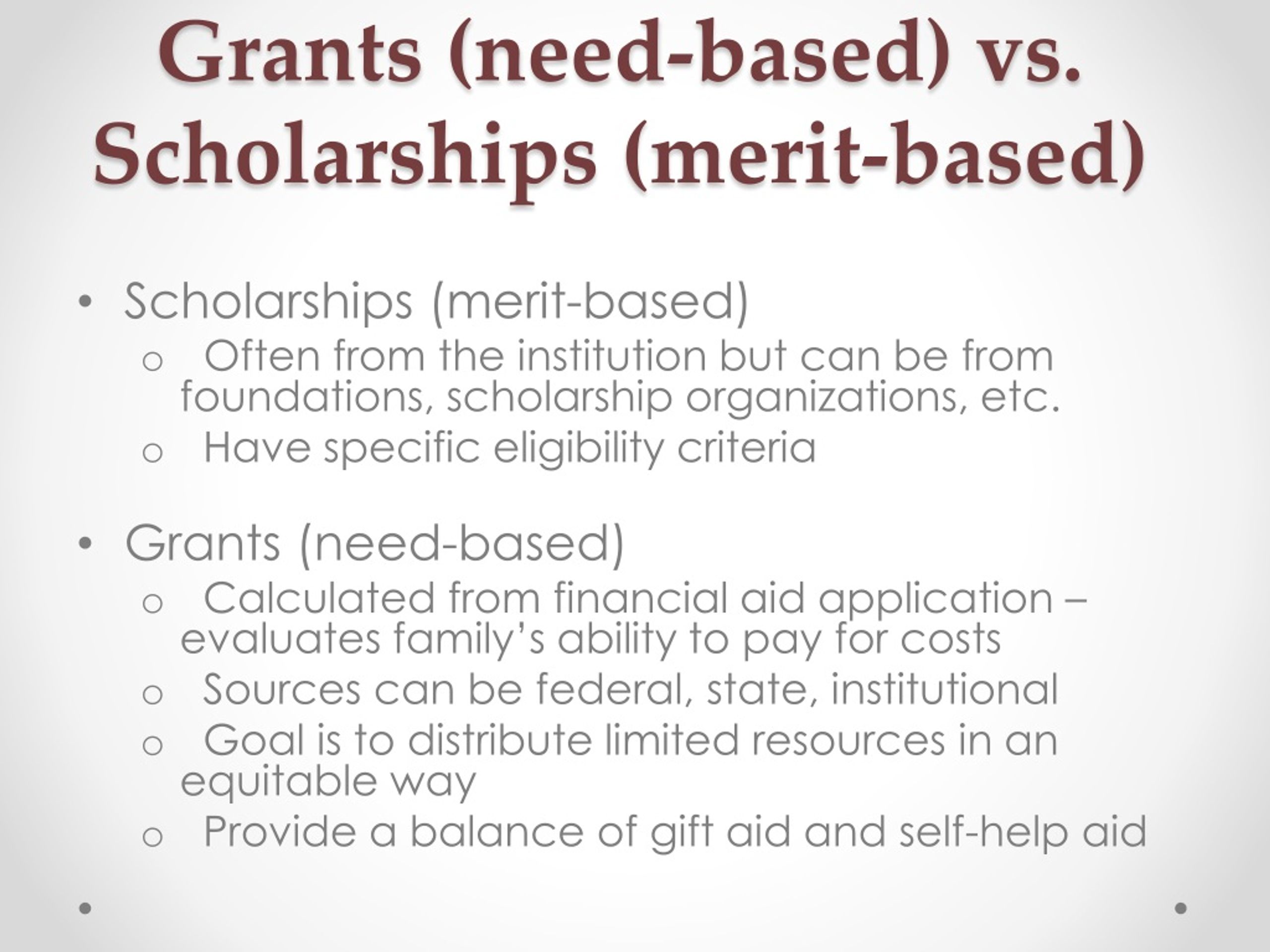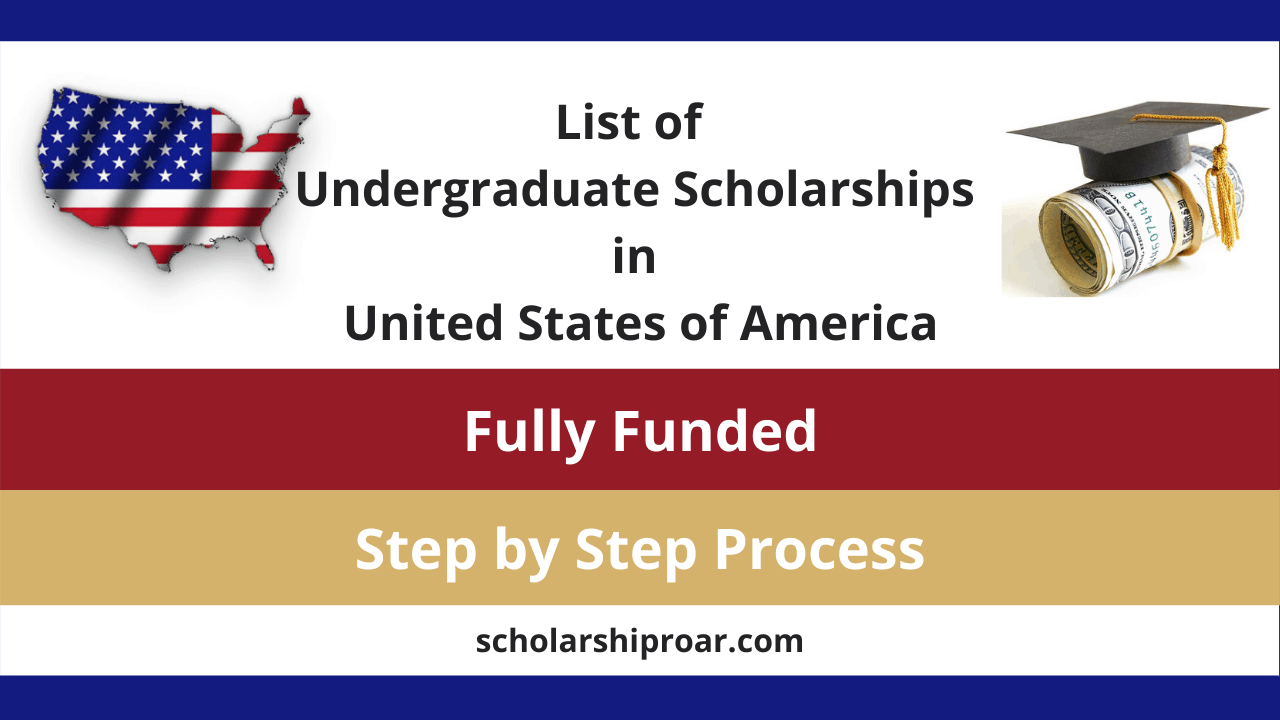Community College Scholarships: Funding Your Future
Community college scholarships offer a vital lifeline for students seeking affordable higher education. Securing funding can significantly reduce the financial burden, allowing students to focus on their studies and career goals. This guide explores the diverse types of scholarships available, effective search strategies, and the application process, empowering you to navigate the path to financial aid successfully.
From merit-based awards recognizing academic achievement to need-based assistance for students facing financial hardship, a range of opportunities exists. Understanding the nuances of each type, combined with a proactive search strategy, increases your chances of securing funding. This guide provides the tools and information you need to unlock these opportunities.
Types of Community College Scholarships
Securing funding for your community college education is crucial for many students. Fortunately, a variety of scholarships are available, each with its own eligibility criteria and application process. Understanding these different types can significantly improve your chances of receiving financial aid.
Merit-Based Scholarships
Merit-based scholarships reward academic achievement, talent, or specific skills. Eligibility is typically determined by GPA, standardized test scores (like the ACT or SAT), participation in extracurricular activities, or demonstrated talent in areas such as arts, athletics, or leadership. These scholarships recognize and incentivize student excellence. Examples include the President’s List Scholarship (awarded to students with a high GPA), the Dean’s List Scholarship, or scholarships specifically for students excelling in a particular field like STEM or the arts. The application process usually involves submitting a transcript, test scores, and sometimes a portfolio or letter of recommendation showcasing the applicant’s achievements.
Need-Based Scholarships
Need-based scholarships are awarded to students demonstrating financial hardship. Eligibility is determined by the student’s and their family’s financial circumstances, assessed through the completion of the Free Application for Federal Student Aid (FAFSA). This application requires detailed information about income, assets, and household size. Supporting documentation might include tax returns, pay stubs, and bank statements. The application process for need-based scholarships often involves submitting the FAFSA and a separate scholarship application which may include an essay explaining financial need.
Comparison of Scholarship Types Based on Funding Sources
Community college scholarships come from diverse sources, each with its own application process and requirements. Government-funded scholarships, like Pell Grants, are typically need-based and administered through the federal government. Private organizations, including foundations, corporations, and individual donors, offer scholarships based on various criteria, ranging from academic merit to specific demographic factors or community involvement. Some scholarships are even funded by the community college itself, often awarded to students enrolled in specific programs or demonstrating exceptional promise.
Scholarship Type Summary
| Type | Eligibility | Funding Source | Application Process |
|---|---|---|---|
| Merit-Based | High GPA, test scores, extracurricular activities, talent | Colleges, foundations, private organizations | Application, transcript, test scores, portfolio (sometimes) |
| Need-Based | Demonstrated financial need (FAFSA) | Government (e.g., Pell Grants), colleges, foundations | FAFSA, scholarship application, supporting financial documentation |
| Program-Specific | Enrollment in specific program, demonstrated interest | College, private organizations, donors | Application, transcript, possibly a letter of intent |
| Community-Based | Residency, community involvement, specific demographics | Local organizations, businesses, community groups | Application, proof of residency, documentation of involvement |
Finding Community College Scholarships
Securing funding for your community college education is a crucial step towards achieving your academic goals. Many scholarships are available, but finding them requires a proactive and organized approach. This section outlines effective strategies to locate and apply for these valuable resources.
A successful scholarship search involves leveraging various resources and employing a systematic approach. This includes utilizing online databases, networking effectively, and exploring local opportunities. By combining these strategies, you significantly increase your chances of securing financial aid.
Utilizing Online Scholarship Databases and Search Engines
Online resources are invaluable tools in your scholarship search. Dedicated scholarship databases, such as Fastweb, Scholarships.com, and Peterson’s, compile numerous scholarships from various sources. These platforms often allow you to filter your search based on criteria like major, GPA, and demographic information, making the process more efficient. Furthermore, using general search engines like Google, Bing, or DuckDuckGo, coupled with specific keywords related to your field of study, location, or background, can uncover additional opportunities that may not be listed in dedicated databases. Remember to critically evaluate the legitimacy of any scholarship opportunity found online, checking for credible sources and avoiding scams.
Networking with Community College Advisors and Staff
Your community college’s financial aid office and academic advisors possess extensive knowledge of available scholarships, many of which are specifically targeted towards their students. These individuals can provide personalized guidance, inform you about internal scholarship opportunities, and assist with the application process. Regularly attending advising appointments and actively participating in campus events will enhance your networking opportunities and keep you abreast of new scholarship announcements. Don’t underestimate the value of building relationships with these professionals; they are invaluable resources in your financial aid journey.
Exploring Scholarship Opportunities Through Local Community Organizations and Businesses
Many local organizations and businesses offer scholarships to support students within their communities. These opportunities might be less widely publicized than national scholarships, making them less competitive. Research local charities, foundations, professional associations related to your field, and businesses with established scholarship programs. Contact these organizations directly to inquire about available scholarships or check their websites for application details. Local newspapers and community bulletin boards can also provide valuable leads. For example, a local Rotary Club might offer scholarships to students pursuing careers in service industries, while a regional bank could sponsor scholarships for students majoring in finance.
A Step-by-Step Guide for Conducting a Thorough Scholarship Search
A structured approach maximizes your chances of finding suitable scholarships. Follow these steps for a comprehensive search:
- Create a Master List: Begin by compiling a list of your academic goals, extracurricular activities, and any unique attributes (e.g., ethnicity, geographic location, specific skills). This helps you identify scholarships tailored to your profile.
- Utilize Online Databases: Explore multiple online scholarship databases, utilizing their search filters to refine your results based on your criteria. Create accounts to save your searches and applications.
- Network on Campus: Attend meetings with your academic advisor and the financial aid office to discuss potential scholarship opportunities specific to your college.
- Explore Local Opportunities: Contact local organizations, businesses, and community groups to inquire about their scholarship programs. Check their websites and local publications for announcements.
- Maintain a Scholarship Calendar: Create a calendar to track deadlines for applications and ensure you submit all materials on time. This prevents missed opportunities.
- Review and Revise: Regularly review your list of potential scholarships and update it as new opportunities arise. Refine your search strategy based on your progress and feedback.
The Scholarship Application Process
Securing a community college scholarship often hinges on a well-executed application. The process may seem daunting, but with careful planning and attention to detail, you can significantly increase your chances of success. This section outlines the key components of a typical scholarship application and provides strategies for maximizing your impact.
Common Application Components
Scholarship applications typically require several key elements. These components allow the selection committee to assess your academic record, personal qualities, and potential for success. A thorough understanding of these requirements is crucial for a successful application. Common components include academic transcripts demonstrating your academic performance, letters of recommendation providing insights from individuals who can attest to your abilities and character, and a compelling personal essay showcasing your unique attributes and aspirations. Many applications also require a completed application form with basic demographic information and contact details.
Compelling Scholarship Essay Examples
The essay is often the most crucial part of the application, providing an opportunity to showcase your personality, goals, and writing skills. A strong essay demonstrates not only your writing ability but also your critical thinking skills and ability to articulate your thoughts clearly and concisely. Consider these examples of strong essay openings: “Growing up in a low-income household instilled in me a deep appreciation for the value of education and the transformative power of opportunity,” or “My passion for environmental sustainability stems from witnessing firsthand the devastating effects of pollution on my local community.” These examples immediately grab the reader’s attention and set the stage for a compelling narrative. The body of the essay should then elaborate on these initial statements, providing concrete examples and evidence to support your claims.
Meeting Deadlines and Following Instructions
Adhering to deadlines and meticulously following application instructions is paramount. Late submissions are often rejected outright, regardless of the application’s quality. Carefully review all instructions, ensuring you meet all requirements and submit all necessary documents before the deadline. Many scholarship providers utilize online application portals, which often provide real-time updates on the status of your application. Utilize these tools to track your progress and identify any outstanding requirements. Creating a calendar reminder is a simple but effective method to ensure you don’t miss critical deadlines.
Scholarship Application Checklist
A well-organized checklist is an invaluable tool for ensuring a complete and well-prepared application. This checklist should be tailored to each specific scholarship application, but a general framework might include:
- Complete application form
- Official academic transcripts
- Letters of recommendation (ensure you request these well in advance)
- Personal essay (proofread multiple times)
- Supporting documents (e.g., awards, certificates, etc.)
- Verification of all information
- Confirmation of submission
Crafting a Strong Personal Statement
The personal statement provides an opportunity to showcase your unique achievements, experiences, and aspirations. Highlight accomplishments that demonstrate your resilience, leadership, and commitment to your goals. For example, instead of simply stating “I volunteered at a soup kitchen,” you could elaborate on the experience, highlighting the skills you gained (e.g., teamwork, communication, empathy) and the impact you had on the community. Remember to connect your experiences to your academic and career goals, demonstrating a clear trajectory for your future. Concise and impactful language is essential. Avoid clichés and generic statements; instead, focus on authentic storytelling that reveals your personality and passion.
Financial Aid and Scholarships
Securing funding for your community college education often involves navigating various financial aid options. Understanding the differences between scholarships, grants, and loans is crucial for making informed decisions and maximizing your financial resources. This section will clarify these distinctions and illustrate how combining these resources can significantly reduce your overall college costs.
Scholarships, grants, and loans all contribute to funding your education, but they differ significantly in their terms and conditions. Understanding these differences is vital for effective financial planning.
Comparison of Financial Aid Options
The key differences between scholarships, grants, and loans lie in their repayment requirements and eligibility criteria. Scholarships are generally awarded based on merit or need and do not require repayment. Grants, similar to scholarships, are typically awarded based on financial need and don’t need to be repaid. Loans, however, must be repaid with interest, often after graduation.
- Scholarships: Awarded based on merit, talent, or financial need. Do not require repayment. Often competitive and require applications.
- Grants: Awarded based primarily on financial need, determined by the Free Application for Federal Student Aid (FAFSA). Do not require repayment.
- Loans: Must be repaid with interest. Can be federal or private, with varying interest rates and repayment terms. Federal loans often have more favorable terms.
Benefits of Combining Financial Aid Options
Combining scholarships with grants and loans can dramatically reduce the overall cost of community college. For instance, a student might receive a scholarship covering tuition, a grant covering books, and a small loan for living expenses. This layered approach minimizes the student’s debt burden while ensuring complete coverage of educational costs. The ideal scenario is to maximize non-repayable aid (scholarships and grants) before resorting to loans.
Impact of Scholarships on Community College Costs
Scholarships directly reduce the out-of-pocket expenses associated with community college. This can be a substantial amount, depending on the scholarship’s value. For example, a $1,000 scholarship can cover a significant portion of tuition, fees, or books, allowing students to focus on their studies rather than financial worries. In some cases, scholarships can even fully cover tuition, making community college virtually free.
Budgeting and Managing Scholarship Funds
Effective budgeting is crucial when receiving scholarship funds. A detailed budget outlining all expenses (tuition, fees, books, supplies, transportation, living expenses) is essential. Tracking income and expenses helps ensure responsible spending and prevents overspending the scholarship funds. For example, a student receiving a $2,000 scholarship could allocate $1,000 for tuition, $500 for books and supplies, and $500 for transportation and living expenses. Regularly reviewing and adjusting the budget ensures funds are used effectively and efficiently. Using budgeting apps or spreadsheets can greatly simplify this process.
Illustrative Examples of Successful Scholarship Applications
Successful scholarship applications often share common threads: compelling narratives, well-defined goals, and meticulously crafted supporting documents. These examples highlight the key elements that resonate with scholarship committees and increase the chances of securing funding.
Reviewing successful applications provides valuable insight into the application process. Understanding the components of a winning application, such as a strong personal essay and relevant supporting materials, can significantly improve your own chances of success.
Example 1: Overcoming Adversity Essay
This essay focused on a student who overcame significant financial hardship to pursue their education. The applicant detailed their family’s struggles, highlighting moments of resilience and determination. The narrative centered on their commitment to education as a means of escaping poverty and building a better future. The essay skillfully wove in specific examples of their hard work, such as juggling multiple part-time jobs while maintaining a high GPA. Supporting documents included letters of recommendation from teachers and employers who could attest to the applicant’s character and work ethic. The applicant clearly articulated their academic and career goals, demonstrating a clear understanding of how the scholarship would help them achieve those aspirations. The tone was optimistic and inspiring, emphasizing the applicant’s unwavering belief in their abilities.
Example 2: Passion for a Specific Field Essay
This application showcased a student’s deep passion for environmental science. The essay detailed their involvement in environmental activism, research projects, and volunteer work. The applicant described a specific experience that ignited their passion for the field, such as witnessing firsthand the effects of pollution or participating in a successful environmental restoration project. The essay effectively linked their passion to their academic goals, explaining how the scholarship would allow them to pursue advanced studies and contribute to their chosen field. Supporting documents included transcripts, letters of recommendation from professors who could vouch for their academic abilities and research potential, and a portfolio showcasing their previous work. The applicant demonstrated a clear understanding of their chosen field and their future contributions.
Example 3: Community Involvement Essay
This essay highlighted the applicant’s significant contributions to their community. The applicant described their volunteer work at a local food bank, their mentorship of underprivileged youth, and their leadership roles in various community organizations. The essay emphasized the applicant’s commitment to social justice and their desire to use their education to create positive change. Supporting documents included letters of recommendation from community leaders and supervisors who could attest to their contributions. The applicant articulated their academic and career goals, connecting their community involvement to their long-term aspirations. The essay demonstrated a genuine commitment to service and a clear understanding of how their education would allow them to further their community engagement.
Image Description: Successful Applicant Celebrating Award
The image depicts a young woman, beaming with joy, clutching a large scholarship check. She is dressed in a simple but elegant outfit – a crisp white blouse and dark-wash jeans. Her hair is neatly styled, and she wears minimal makeup, emphasizing her natural beauty. The setting is a bright, sunlit campus courtyard, with lush greenery in the background. Her expression is one of pure elation and relief, a testament to her hard work and perseverance.
Image Description: Student Using Scholarship Funds
The image shows a student sitting at a well-lit desk in a quiet library. They are surrounded by newly purchased textbooks, a laptop, and highlighters. The student is intensely focused on their studies, deeply engrossed in a textbook. The books cover a variety of subjects, suggesting a multi-faceted approach to their education. The setting conveys a sense of calm concentration and intellectual pursuit. The overall impression is one of diligent study and the positive impact of the scholarship funding.
Final Conclusion
Successfully navigating the world of community college scholarships requires a strategic approach. By understanding the different scholarship types, employing effective search methods, and crafting compelling applications, students can significantly reduce their educational expenses. Remember to explore all available resources, network with college advisors, and remain persistent in your search. With dedication and planning, securing financial aid to achieve your educational aspirations is within reach.

